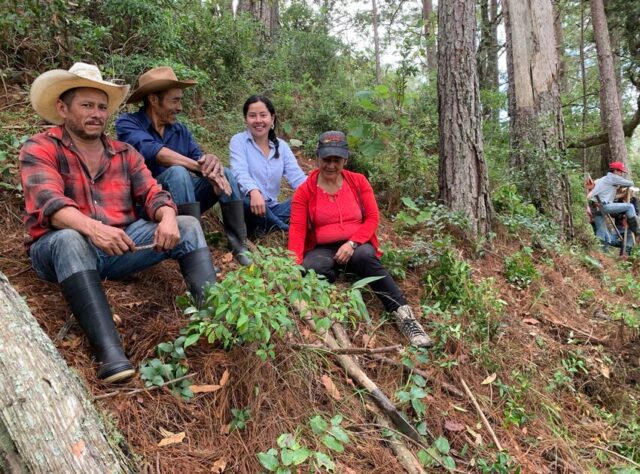
Credit: AESMO
This spring, our Save the Cloud Forests of Honduras appeal will enable our partner AESMO to purchase and protect threatened forest in western Honduras. Here, local communities are already central to AESMO’s work…
Honduras’ Trifinio region is home to a vast number of rural communities. Among these are the Lenca people, the oldest and largest Indigenous group in Honduras.
Many of the villages in the Trifinio region do not have access to mains sanitation, so are highly affected by the quality of water supplied from the surrounding watersheds. In total, over 250,000 local people depend on the water from the cloud forests for domestic and agricultural use.
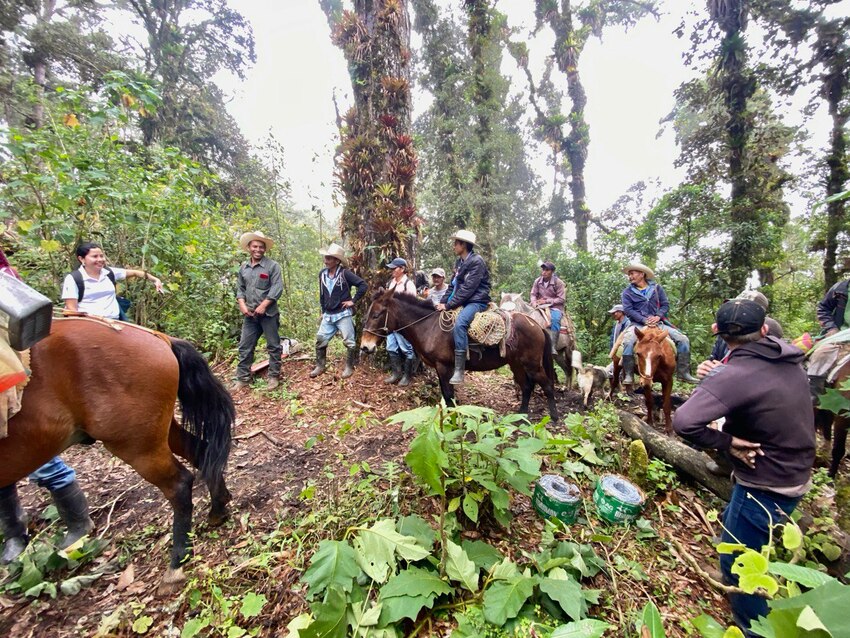
Around 612 Lenca communities live across the country of Honduras, mostly in remote mountainous areas. Credit: AESMO.
As the threats facing this area continue to rise, these rural communities have recognised the need to preserve the region’s remaining forest and want to be involved in conservation efforts. The key to moving forward with this goal: collaboration.
“Environmental problems are multidimensional. No single entity can effectively address them,” says Víctor Saravia, Executive Director of AESMO. “Community participation in the management of natural resources is essential.”
As such, AEMSO has developed a unique community-driven conservation approach to directly involve communities in the ownership and care of the land. As a result, local communities are working in partnership with AESMO to preserve these forests for future generations.
Co-ownership
The central aspect of AESMO’s community driven approach is co-ownership. As part of this, AESMO co-owns protected areas with local stakeholders who all contribute funds to purchase the land. These stakeholders include community-based organisations, municipalities, water management boards, and local communities, among others.
After contributing funds, each Honduran co-owner has an equal share of the property. There are no physical divisions to split the property up and all co-owners are committed to the care of the property as a whole, sharing duties among themselves.
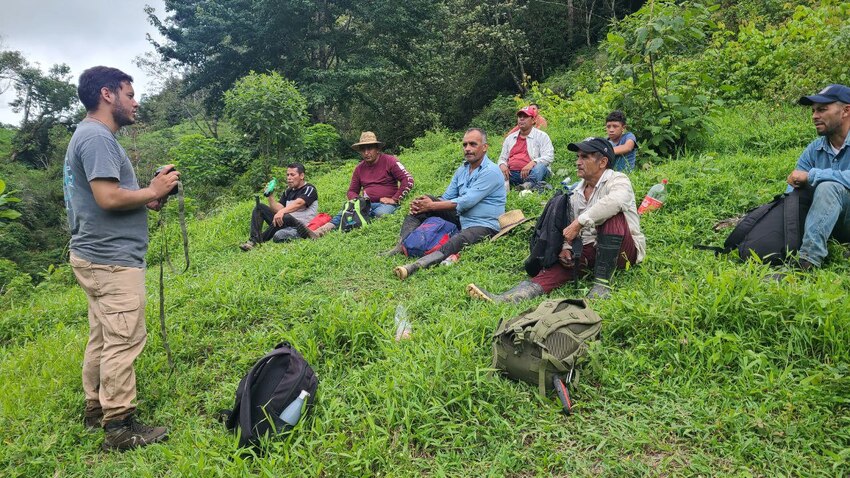
Co-ownership brings local communities into the heart of conservation. Credit: AESMO.
While involvement with communities is now quite common in conservation, this shared ownership model is rather unique. It gives local people a real sense of responsibility for their land and a physical contribution to its protection.
Víctor says, “When people participate in conservation, their energy and commitment becomes contagious. People acquire a healthy pride in their power to effectively conserve water, biodiversity and soil.”
Co-management
After land has been purchased, local communities participate in its ongoing protection through the creation of co-management councils.
Here, representatives regularly gather for general assemblies to decide upon the long-term protection of purchased areas, including conservation actions to be undertaken, restoration activities, and the preservation of water sources.
Víctor says, “Unlike what happens in other parts of the world, where local actors are only spectators of conservation, in this case, they are decision makers.”
Each stakeholder contributes their own unique knowledge to these councils. This includes local people’s in-depth experience of weather patterns, biodiversity, and traditional land and water uses.
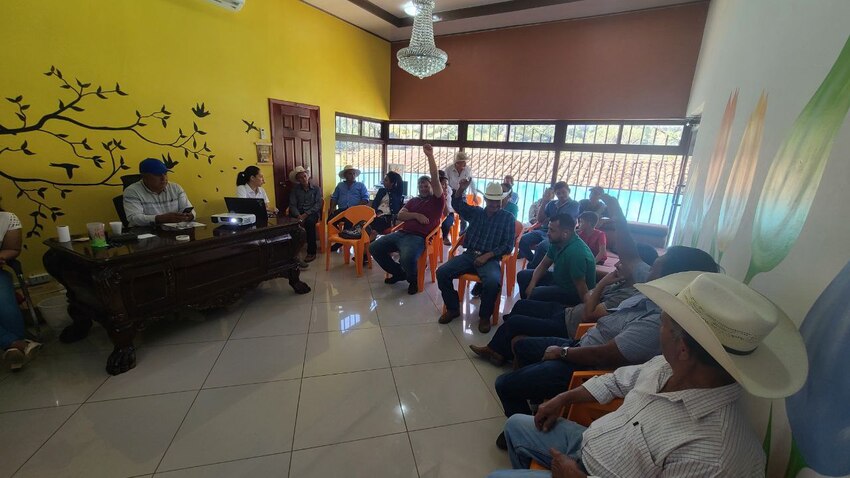
The valuable perspective of local communities is fully recognised in co-management councils, involving them in decision-making and considering their needs and aspirations along every step of the journey. Credit: Ángel Zúniga/AESMO.
Out in the field
The involvement of local communities does not stop in council meetings; they are actively involved in protection activities out in the field alongside AESMO’s rangers. Communities regularly join AESMO’s team for patrols of the land, take part in reforestation activities and forest fire prevention, and assist with monitoring and management of water sources to ensure water quality.
Monthly biological monitoring is another key element of their role. With assistance from AESMO’s rangers, community members record species using camera traps, sound recordings and coordinates.
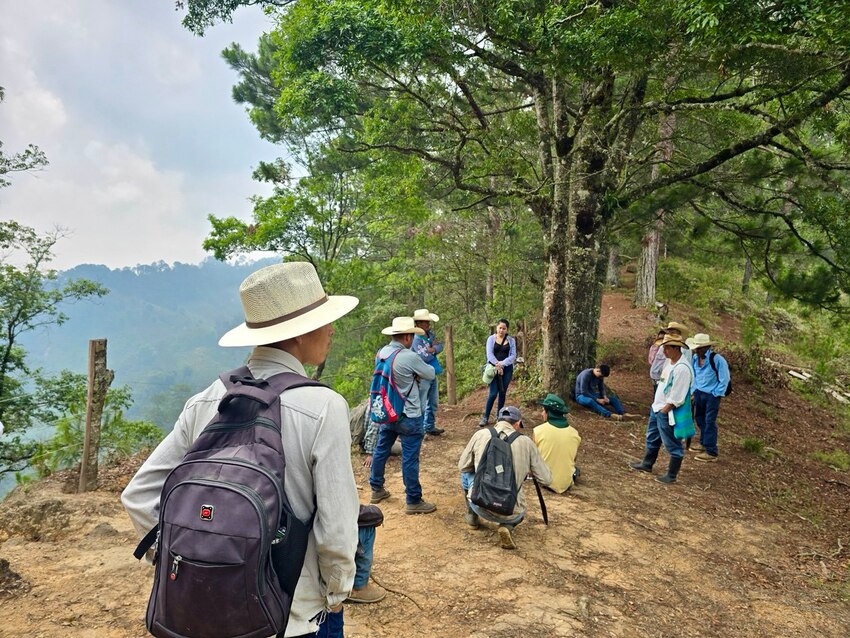
While out in the field, an AESMO ranger talks with Lenca community members about the importance of conserving biodiversity. Credit: AESMO.
During community meetings, other residents are then updated about the results of patrols and monitoring, keeping the wider community informed about their conservation impact.
“None of the community representatives receive payment,” says Víctor. “They participate out of conviction, knowing the purchased land belongs to them and that it’s a natural treasure that must be preserved. For the communities, these activities allow them to be in contact with nature, contributing to their emotional and physical health.”
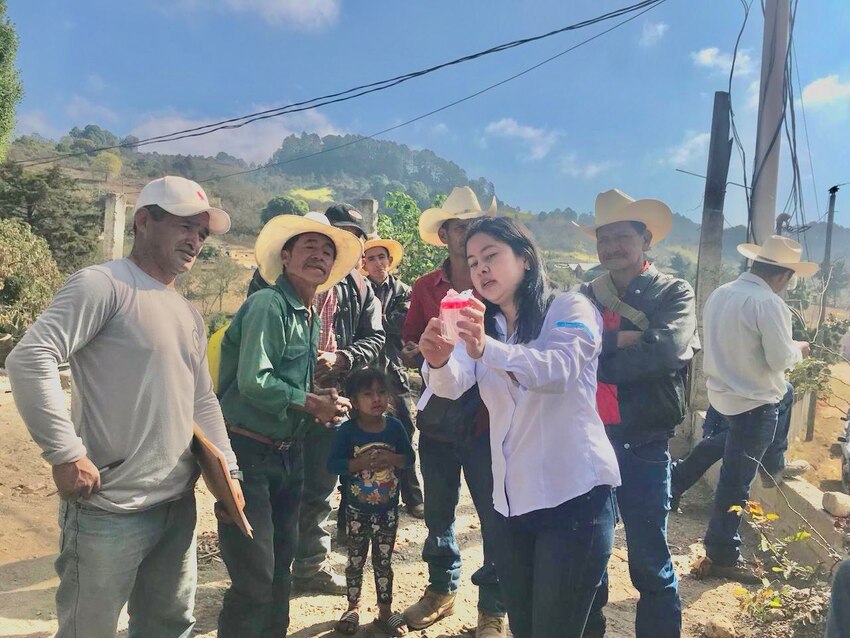
An AESMO technician teaches residents from a Lenca community the correct way to take water samples for a quality analysis. Credit: AESMO.
Building trust
AESMO’s shared governance model has already seen great success in western Honduras.
“The secret,” says Víctor, “is to empower people to support conservation with funds, with time and with voluntary work. By fostering an environment of respect and mutual understanding, relationships of trust can be built, and more sustainable conservation outcomes can be achieved.”
According to Víctor, this empowerment has even reached a much more profound goal as “some co-managing councils have now contributed funds to land dozens of kilometres away from their communities. Their vision, which was initially limited to protecting the springs that supply them with water, has evolved to something much broader.”
This is testament to the way AESMO prioritises relationships and proof of the wide-reaching impact local people have upon conservation when given the chance.
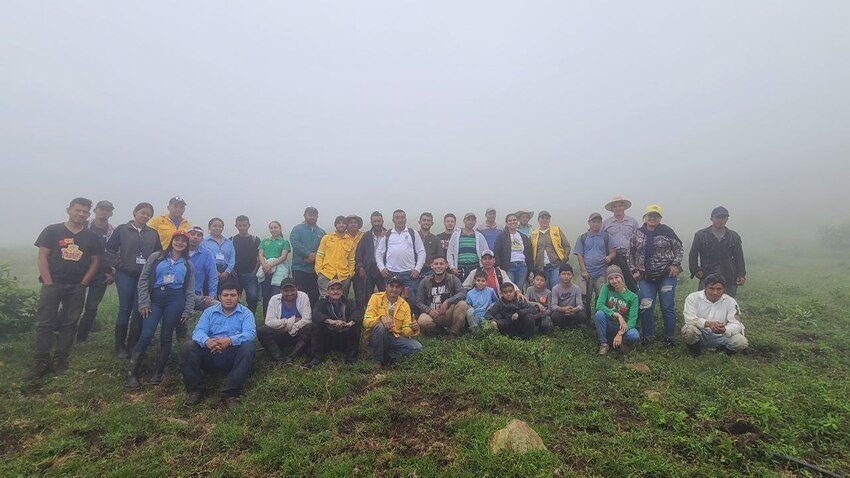
Community members participating in tree planting efforts. Local people take great pride in their conservation work with AESMO. Credit: AESMO.
Our Save the Cloud Forests of Honduras appeal will expand AESMO’s work in the Trifinio region to protect another 91 hectares (225 acres) of vital cloud forest.
By securing more threatened land, you will strengthen AESMO’s co-ownership model and provide further opportunities for meaningful collaboration with local communities.


